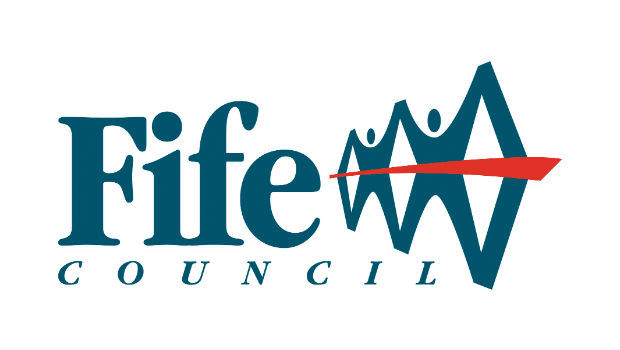Efforts to satisfy the demand for teachers in Fife’s schools are starting to pay dividends as a chronic shortage of supply teachers continues to pose problems.
That’s the conclusion of a report to Fife’s education, health and social care committee, which has confirmed that a lack of teachers nationally is having a significant impact on Fife education service’s ability to recruit.
During the summer, eight primary posts (7.6 FTE) and 34 secondary posts (29.32 FTE) were advertised and are in the process of being filled, but additional vacancies have since been identified by schools returning after the summer break due to school rolls increasing, staff departures, illness and bereavement.
However, education chiefs have conceded that the lack of supply teachers means they do not have the level of contingency they would like to fill gaps in classroom rotas caused by sickness, training courses and other absences.
Councils across Scotland have experienced a shortage of supply teachers after cuts a few years ago left many supply teachers on a rate of just £78 a day for the first five days, regardless of experience.
That has since changed to the first two days of employment, but committee chair Councillor Susan Leslie suggested that payment for supply teachers remains a key issue.
“Some supply teachers will simply not come out at the lower rate,” she noted.
“It was far more extreme where it was five days, where someone might be off with the flu and it’s effectively cheap labour being brought in – in my view.”
SNP councillor John Beare picked Mrs Leslie up on that point, suggesting there were many people who would be willing to work for around £80 a day, but the latter insisted she would not “validate” the EIS decision to back the cut to supply teacher rates.
“It was a disgraceful decision and our schools suffered as a result,” she noted.
Shelagh McLean, interim executive director for education and children’s services, pointed out that in the secondary sector in particular subject areas in high demand have a lack of available subject teachers, such as maths, modern languages, chemistry, computing, drama, CDT and home economics, while other subjects like physical education and religious education remain in low demand.
Workforce planning was allowing the service to cope with “peaks and troughs”, she added, although she labelled the current trough as “extreme”.
“It’s probably one of the worst situations we’ve been in,” she added.
“Thankfully it is a relatively small number of vacancies we have across the 18 high schools, given the size of the schools we operate with, but whilst we can manage these number of vacancies because it’s typical of an organisation of our size, the main issue is supply teachers.
“Our supply pool is significantly depleted compared to what it has been in previous years.”
Ms McLean said a wide-ranging recruitment process had been carried out this year, including advertising widely across the UK and Ireland, working with the Scottish Government to secure as many probationers as possible, and a specific recruitment exercise in Northern Ireland which had paid dividends.
Partnership arrangements with two universities in Belfast with the aim of offering taster placements in Fife had been explored, with four candidates having already relocated to Fife at the start of the current session.
But Ms McLean stressed: “We will not appoint if we feel they do not meet the standards required.
“Our headteachers are absolutely robust in making sure the quality of appointments is what we would expect it to be.”










